Of the five main tastes, bitterness often is the least appreciated. Which makes sense. Our sensitivity to it is thought to have evolved in part as a protection against poisons. Yet cuisines across the globe have embraced the sharp, almost cleansing flavor of bitter foods, particularly greens. They cut through the richness of creamy, heavy dishes and help balance salt and fat, as well as sweet and sour. Home cooks in the U.S. likely know arugula, escarole and frisée best, but the world of bitter greens is plentiful.
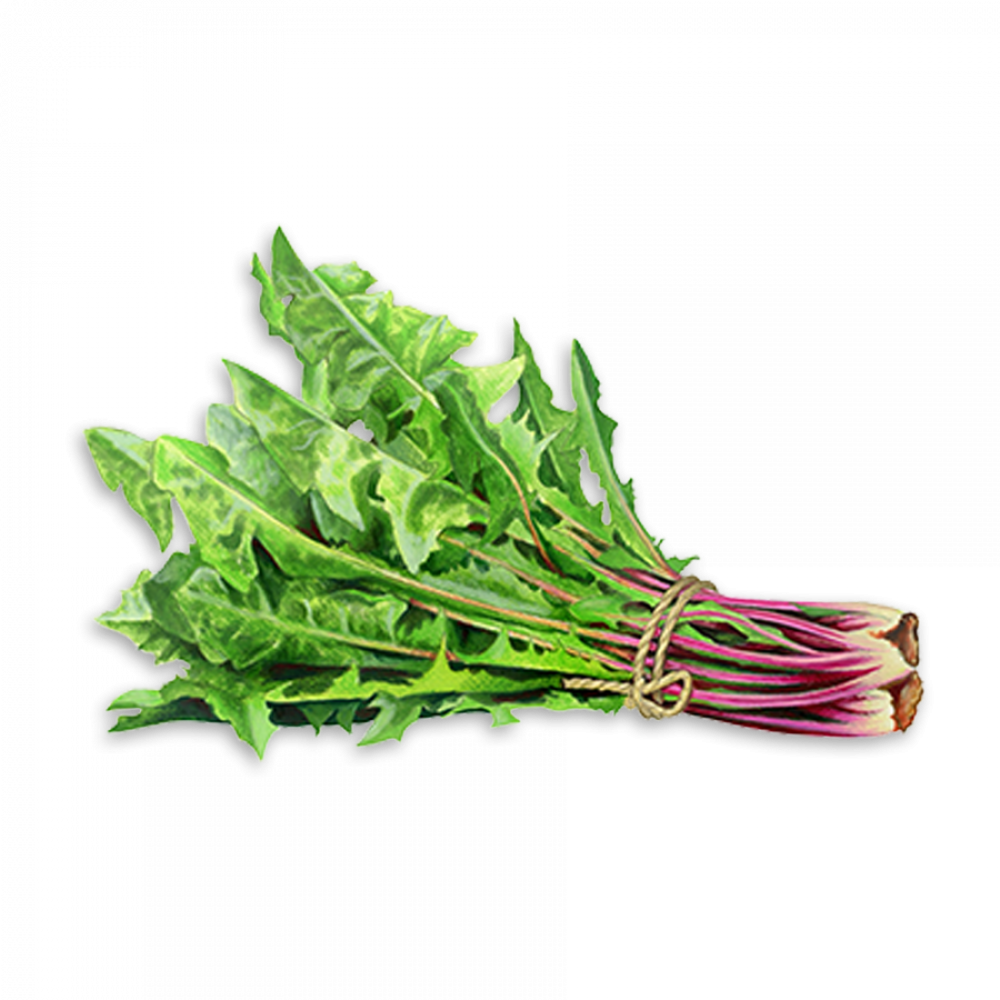
Dandelion Greens
Often considered a weed, dandelions were used medicinally throughout Eurasia before being introduced to North America by European settlers. The tender, spiky green leaves have an assertive, tangy bitterness that gets stronger with age, often to the point of being inedible once the plant’s flowers emerge. The raw greens pair well with a citrusy vinaigrette. Cooked, they’re best braised or sautéed with garlic and olive oil, then tossed with pasta, creamy white beans or lentils.
Treviso
Properly known as radicchio rosso di Treviso, this burgundy chicory is an elongated, more delicate relative of common radicchio. In September, north of Venice, the heads are bound with string to prevent light from reaching the central leaves, ensuring a brilliant white core. Moderately bitter, Treviso is shredded and stuffed into ravioli or sliced in half, then grilled and dressed with olive oil, balsamic vinegar and Parmesan cheese. It pairs well with sweet and pungent foods, such as a fig and blue cheese salad.
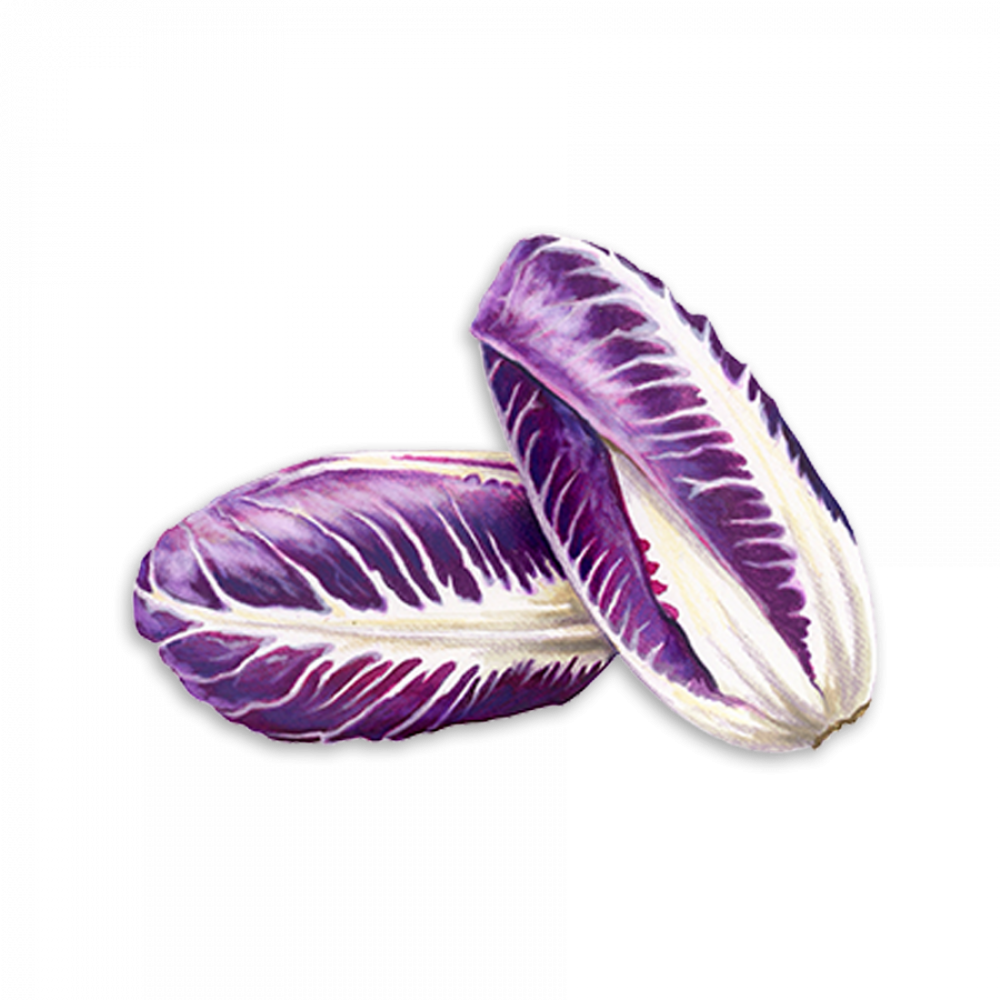
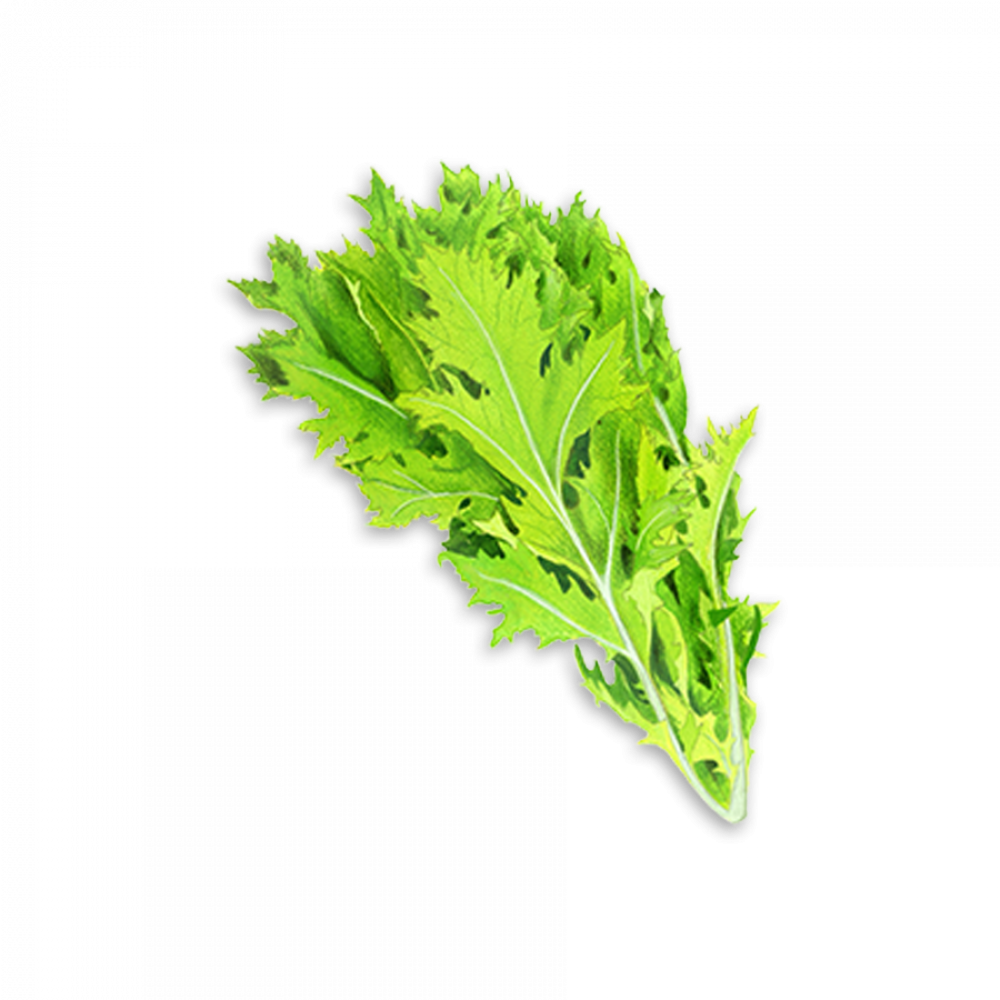
Mizuna
This Japanese green native to Kyoto—whose name roughly translates as “water vegetable” for the flooded fields in which it is cultivated—often is included in small amounts in bagged spring salad mix in grocery stores. It has a mildly sharp, spicy flavor and glossy leaves with feathery, serrated edges. In Japan, it usually is sautéed and served with steamed rice, but also can be added whole to hot pot or chopped for miso soup. The stalks are pickled and served with beer.
Mustard Greens
Though they originated in the Himalayas, today dozens of varieties of mustard greens are cultivated around the world (including mizuna). Most have broad, frilly leaves and a deep green color with fibrous stems and a mildly bitter, spicy flavor often likened to horseradish. Some varieties are grown for their seeds, which are turned into the condiment, but the greens available in the U.S. are intended to be cooked or eaten raw, depending on their maturity. Thicker leaves are ideal for braising, and their strong flavor pairs well with rich meats such as pork, lamb and sausage.
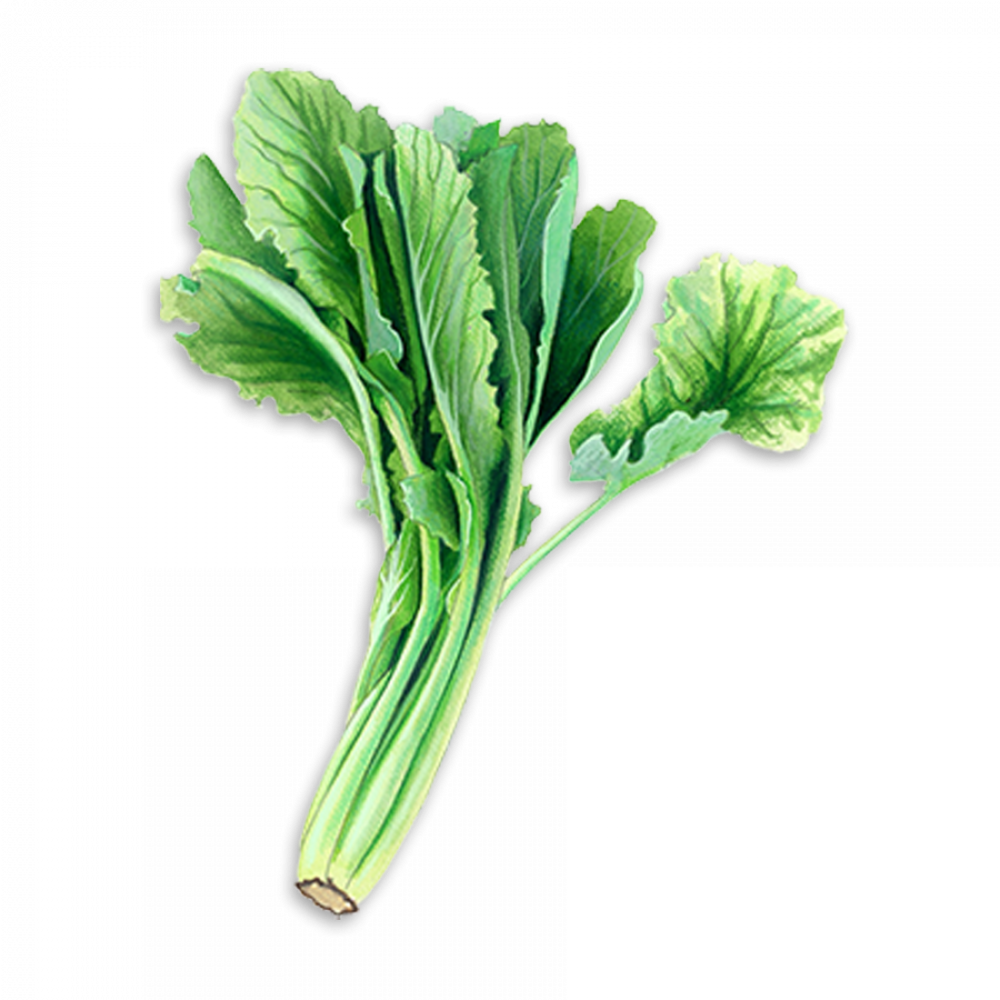
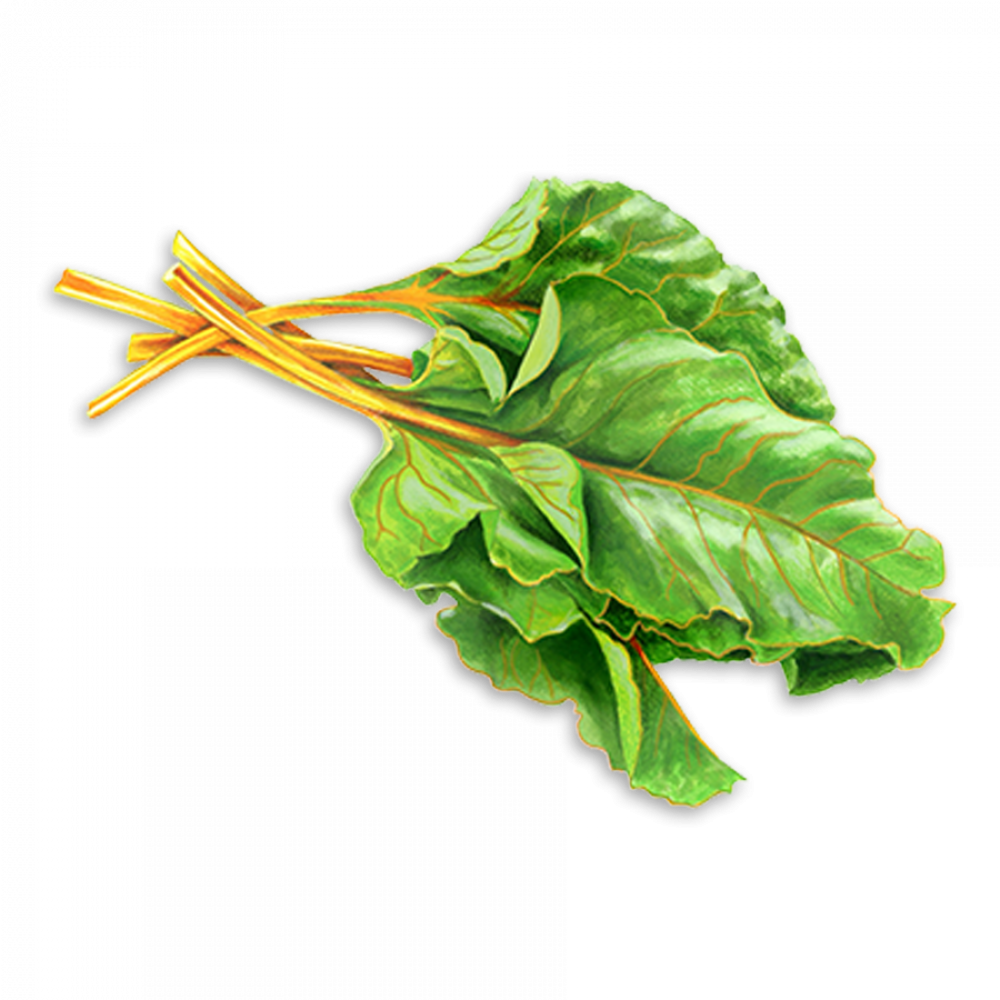
Beet Greens
Native to the Mediterranean and North Africa, beets originally were cultivated by ancient Romans for their leafy tops rather than the root, which only became popular during the 1800s. The dark green leaves are contrasted by veins and stems that take their color from red, yellow or white roots. They have a mildly bitter flavor that is enhanced when the leaves are sautéed in olive oil with onions and bacon, blanched and tossed with butter, or chopped and added to soup.



